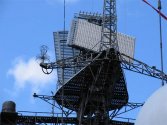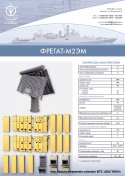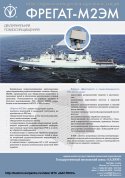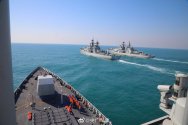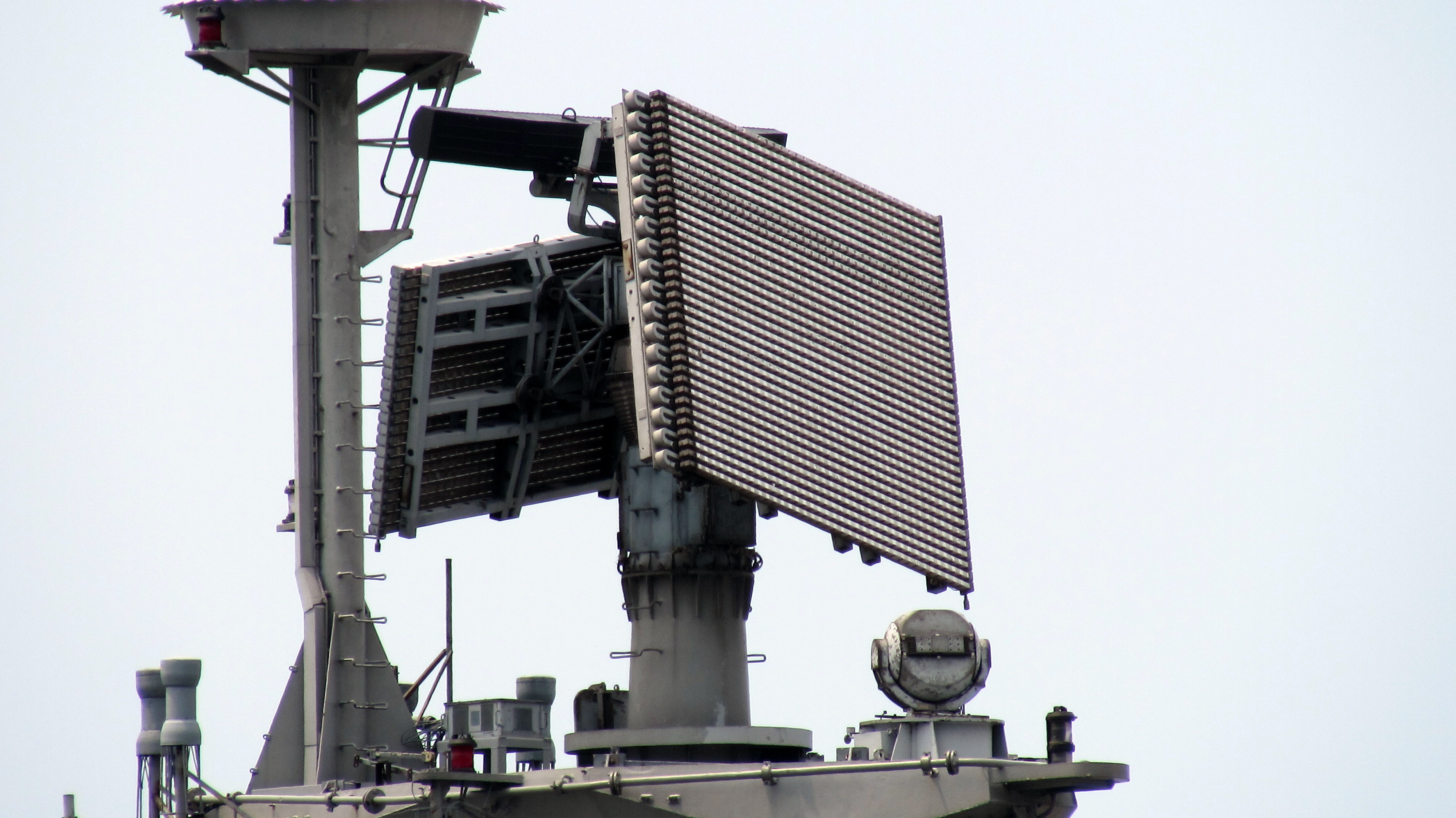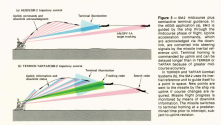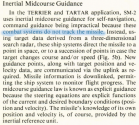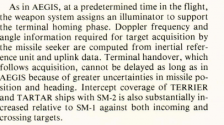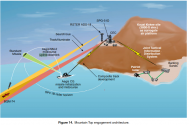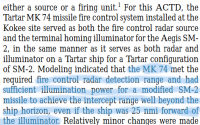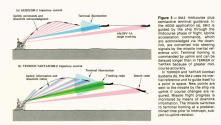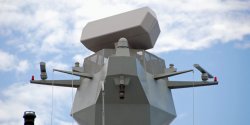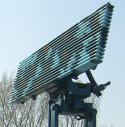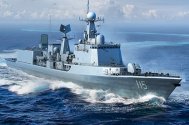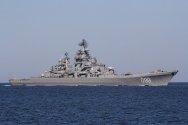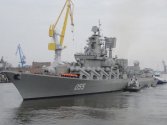According to Friedman, it's the other way around. What's your source?
Can't the same argument be made against aircraft launched ARH missiles? The relatively small and underpowered aircraft radars are unable to track the missiles as far out as ship-borne radars can, so the missiles have to rely on properly adjusted setpoints to arrive close enough so that the target falls within their homing basket.
A missile in mid-course could still receive updated setpoints, even if the tracking radar can no longer detect it, relying that the inertial guidance of the missile is good enough to figure out its position.
Same could be said of other command guidance systems or TVMs.
Not quite. The early Tartar and Terrier missiles were beamriders. They were upgraded to semi-active homers in the 1959/1960. Both missiles were upgraded to the Standard missile in mid 60s. Terrier became SM-1 ER and Tartar SM-1 MR. SM-1/SM-2 is not any smaller than Tartar. In fact, later variants are larger. Are you mixing up Tartar with Talos? Second, many missiles have a beacon emitter at their tail, so only a receiver would be needed onboard.
SPG-51 was installed on Virginia class nuclear cruisers, that were armed with SM-2 MRs. These missiles have a range of 90nm. Therefore, I think it's safe to assume that ROC's Kidd destoyers have the same capability, which gets us to about 3x the 956 EM that PLAN has.
With regards to Friedman, I already showed you several sources. Not to mention none of the Indian and Chinese sources ever mentioned the Fregat having an X-band array, and they are the direct users of this radar. Even the photographic evidence do not support the Fregat having an X-band or being 2D or having worst 3D than the other array. Your call.
Modern aircraft radars are not underpowered, comparative to those in the 70s and 80s. SPG-51 dates back to the fifties so its not comparable. Please note that the extended range PL-15 for example, requires the use of AESA radars on the J-16 and J-10C. If you go back to the 70s and 80s, aircraft BVR engagements doesn't work that well, and specific aircraft that specialize in BVR, such as the F-14 Tomcat and the MiG-25 or MiG-31 have large powerful radars, these are the first aircraft to feature phase arrays.
If your missile has to rely on midcourse updates, how does the datalink find it if the tracking radar can no longer detect it or know where it is? How far can the datalink go? This is not more powerful than a radar itself. Its said the datalink for the Standards on the AEGIS is on the SPY-1 itself. With the SPG-51, it needs to be located with the illumination radar, so the datalink itself has to be within the SPG-51 array, so the array has to be pointed at the missile, and the missile has to be within the beam cone. Early SARH is similar to beam riding because the missile being tracked and the target being tracked needs to be in the same scanning cone of the fire control radar. Electronic scanning changed everything as you can quickly scan a much larger volume of the sky so that both missile and target do not need to be both within the same scanning cone. But the SPG-51 is a mechanical parabolic, it doesn't multibeam, so what it needs to track and talk with, everything has to be pointed with the same antenna.
Regardless how far the missile's ballistic range is, its effective combat range is dependent with the fire control radar it is paired with.
This is a neat reference.
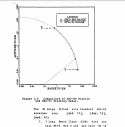
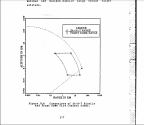
Not much of a difference, although I will give a slight edge for the SM-2MR/SPG-51 combination when it comes to range. However there are six Front Domes on the Sovremenny, which are four more tracking/illuminating radars than the two SPG-51 on the Kidds, and the other two PLAN Sovremenny has the assistance of the Pozitiv ME1 radar, which can electronically scan multiple targets with weapons quality track. The Sov will win in multiple engagement.
None of these matters when you are dealing with antiship missiles when they are hiding below the radar horizon and becomes only visible once they arise from it. At this point, the missile will only be detected around 30 to 40km. I do not have the height measurements but I will give the advantage of the Kidds due to the height of their radars from sea level for the advantage of having an earlier warning and engagement.
As for the Front Domes I never found what makes them tick, but this is the inside of the Fire Dome radar used with the land based Buk missile.
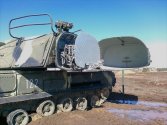
That looks like a reflective planar array, and it reminds me of aircraft radars, kind of a slotted planar array radar without the slots and the feed is on the front and not the back.
Last edited:

